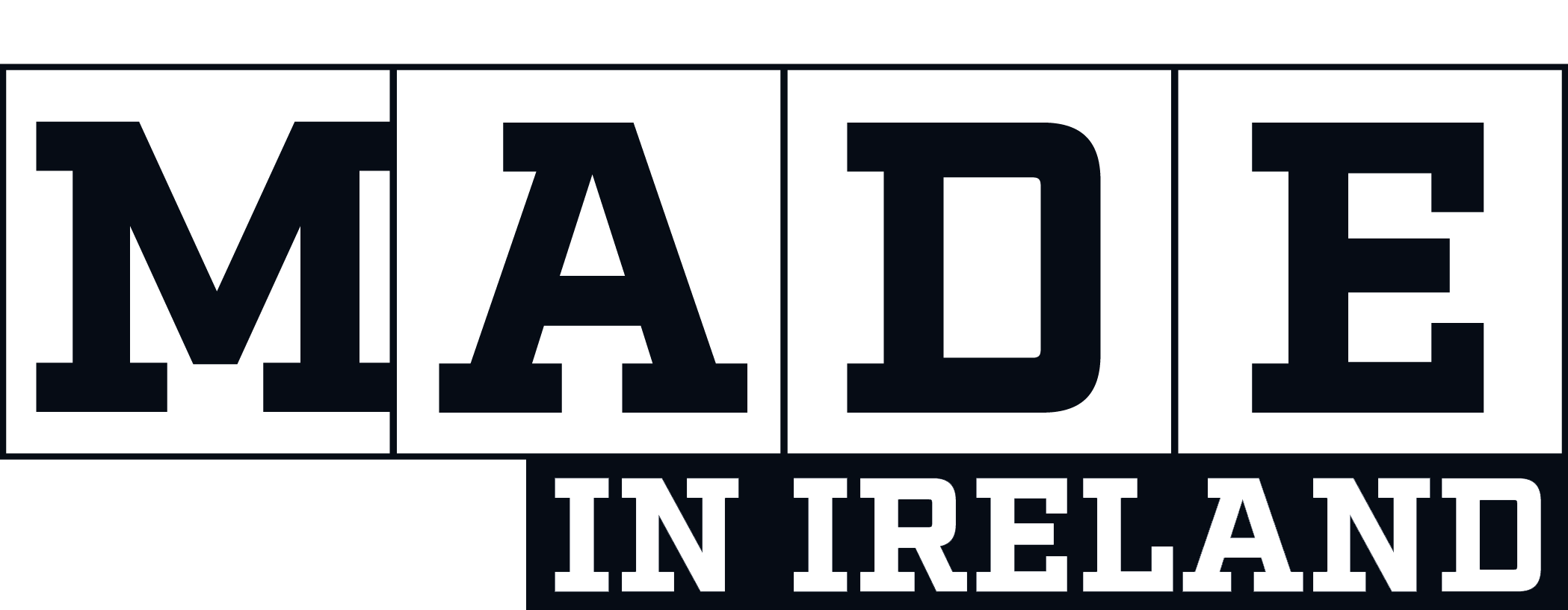Survival simulations could assist search and rescue
A computer model that simulates decision-making in survival situations could be used to help search and rescue missions locate missing people.

Developed by researchers at Glasgow University, the system is based on data drawn from accounts of how people in the real world behaved after finding themselves lost in their landscape. It then models the actions of simulated ‘agents’ lost in a particular environment, creating a heat map of where people are likely to end up. The Glasgow team believes the system could allow search and rescue efforts to better focus their efforts on certain locations. The work is published in IEEE Access.
“Search and rescue teams perform vitally important lifesaving work, despite being frequently under-funded and often being crewed by volunteers,” said lead researcher Jan-Hendrik Ewers, from Glasgow University’s James Watt School of Engineering.
“Initially, as part of my PhD, I set out to see whether it would be possible to use machine learning to train a new type of search and rescue system to predict where lost hikers might be found. However, machine learning requires a vast amount of information to draw its conclusions.
“That led my colleagues and I to consider whether we could tap into existing research on the behaviour of missing people which aims to understand their choices about where they went and why. Using that as the basis for these simulated agents has given us some really encouraging results.”
Register now to continue reading
Thanks for visiting The Engineer. You’ve now reached your monthly limit of news stories. Register for free to unlock unlimited access to all of our news coverage, as well as premium content including opinion, in-depth features and special reports.
Benefits of registering
-
In-depth insights and coverage of key emerging trends
-
Unrestricted access to special reports throughout the year
-
Daily technology news delivered straight to your inbox










CCC Report Finds UK Climate Targets Still Within Reach
In 1990 67% of the UK´s electricity came from coal-fired power stations and even without renewables the transition to gas was a major contributor to...